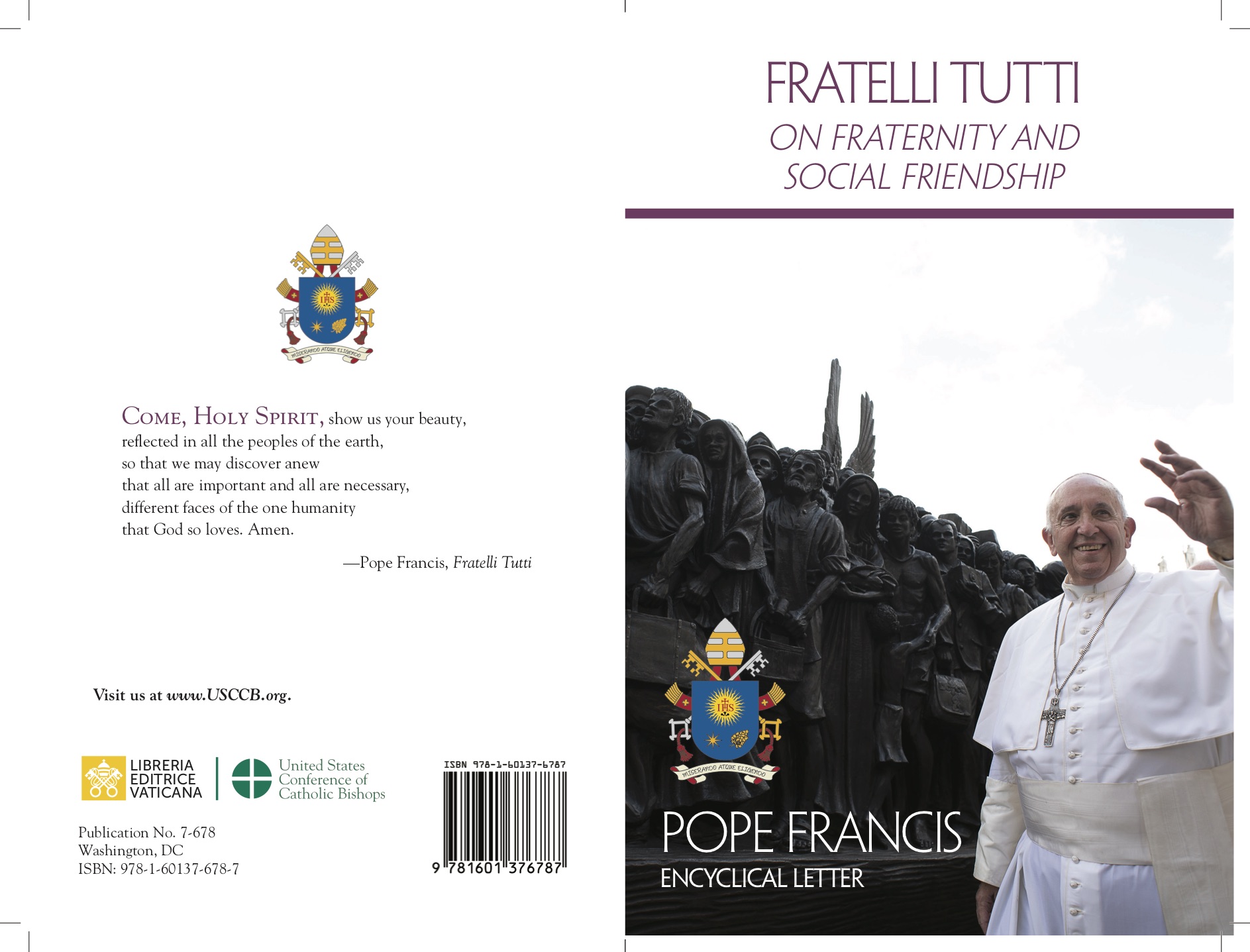
“The presence of these tombs of illustrious women in St Peter’s Basilica—where the graves of popes, cardinals, and archpriests are found—not only signifies a privilege but also recognizes their devotion to the Catholic faith and their efforts in defending religion,” explains Pietro Zander, the curator of the Necropolis and Artistic Heritage of the Fabric of St Peter’s. He illustrates the historical and religious significance of four extraordinary tombs of women in the Vatican basilica, located between the crypt and the main basilica: Maria Clementina Sobieski, wife of the nominal King of England James III Stuart; Queen Christina of Sweden; Charlotte, Queen of Cyprus; and Matilda of Canossa, a countess as powerful as a queen.
Zander notes, however, that female tombs were not uncommon in the ancient Constantinian basilica of St. Peter’s, nor in the current basilica: “Beneath the floor rest men, women, and children from the neighborhood, as parish registers indicate. Some beautiful inscriptions from burials in the Constantinian basilica also remain”.
Yet, what strikes today’s visitor are these four prominently visible monumental female tombs, three of which are of exceptional artistic quality. The funerary monument of Christina of Sweden is famous and spectacular. Her story represents one of the most significant and extraordinary chapters of 17th-century Catholicism. Born in Stockholm in 1626, she ascended the throne at the tender age of six following the death of her father, Gustav II Adolf, a staunch defender of Protestantism during the Thirty Years’ War. In 1654, at the height of a profound religious crisis, she abdicated her throne to her cousin, who became Charles X, and relocated to Rome, where she was triumphantly received by Pope Alexander VII Chigi. Christina died in 1689 after a complex and often troubled life, characterized by frequent returns to Sweden and a significant presence in the cultural life of papal Rome. Pope Innocent XII Pignatelli (as noted in the dedicatory inscription) commissioned a funerary monument befitting the rank of a sovereign who had abandoned Protestantism. In the Vatican Grottoes, near the tomb of Paul VI, lies her white Apuan marble sarcophagus with a bronze plaque topped by a royal crown and scepter, inscribed in Latin to indicate the resting place of Christina Alexandra, Queen of the Goths, Swedes, and Vandals. A modest burial.
In contrast, the monument within the basilica is a true Baroque triumph. Carlo Fontana’s design includes a spectacular setting between two pink marble columns, dominated by an ancient yellow marble urn flanked by two white marble angels sculpted by Lorenzo Ottoni. The angels hold a scepter and a sword beside a royal crown, all cast in bronze by Giovanni Giardini, who also created the large medallion portraying Christina in profile. A black marble cartouche highlights the queen’s abdication, her rejection of heresy, and her move to Rome. Finally, the names of Innocent XII and Clement XI, respectively the initiator and final executor of the monument, are inscribed. The urn’s white bas-relief by Jean Baptiste Théodon depicts Christina’s solemn renunciation of Protestantism.
Equally striking is the monument to Clementina Sobieski, wife of James III Stuart (the Old Pretender), nominal king of England, recognized as such by Catholic European monarchs who supported the Stuart claims, including the papacy, which provided a Roman residence after the Stuarts’ exile. Clementina Sobieski (a Polish princess and granddaughter of John III Sobieski, the King of Poland and Grand Duke of Lithuania who liberated Vienna from the Turkish siege) became a nominal Queen of England. She died at just 33 in 1735 after a turbulent marriage marred by her husband’s infidelity. Retreating to the convent of Santa Cecilia in Rome, she dedicated herself to prayer. Her body was initially buried in the Vatican Grottoes but was later moved to St Peter’s Basilica by “extraordinary concession” of Pope Benedict XIV. Her monument, designed by Filippo Barigioni (a student of Carlo Fontana), with contributions from Pietro Bracci, is of rare beauty. Two white marble angels hold a gilded bronze scepter and crown, supporting a gray marble sarcophagus adorned with golden fringes of luxurious red alabaster drapery. Atop the sarcophagus sits a statue of Charity holding a vibrant mosaic portrait of the young woman by Fabio Cristofari, based on an original painting by Ignatius Stern. Charity lifts a flaming heart in her other hand, with a red obelisk symbolizing power against a blue sky symbolizing eternity.
And then there is the masterpiece by Gian Lorenzo Bernini for Matilda of Canossa, which has a very particular history. Matilda of Canossa, Countess of Mantua and Margravine of Tuscany, died in Bondeno di Roncore in 1115 and was buried, as per her request, in the Abbey of San Benedetto in Polirone at San Benedetto Po, near Mantua. However, her tomb was desecrated several times over the centuries.
In 1632, Pope Urban VIII ordered her remains transferred to Castel Sant’Angelo in Rome, and in 1634 she was finally interred in St Peter’s Basilica. Her white marble niche, featuring a solemn perspective effect, was sculpted by Bernini’s workshop under Urban VIII’s commission. Two angels hold her coat of arms with the motto “Tuetur et unit” (“protects and unites”). Below, a sarcophagus bears a relief depicting the famous submission of Emperor Henry IV of Germany at Canossa Castle on January 25, 1077, seeking absolution from excommunication by Pope Gregory VII. And then there is the grand statue of the countess, depicted wearing her crown and holding the Papal Tiara and the pontifical keys with her left arm, while her right hand grasps a scepter—more precisely, the staff of command, which she wielded in the name of the Holy See. A true protector of the faith and the papacy: the arch surrounding her features a trophy of arms. At her feet, two angels hold up the dedicatory inscription of Urban VIII, which attributes to her the strength of a virile spirit, referencing the famous episode of Canossa.
Matilda was a powerful feudal lord, and for this, she is considered in every respect a sovereign. She devoted herself with fervor—well-known in her time—in support of the papacy during the Investiture Controversy. She emerged as a figure of paramount political importance, extending her dominion over all the Italian territories north of the Papal States. Under her leadership, the Canossa dominion reached its zenith in territorial extent.
In 1076, she gained control of a vast region that included Lombardy, Emilia, Romagna, and, as duchess and marchioness, Tuscany as well. The heart of this vast territory was Canossa itself, in the Reggiano Apennines. A sovereign of significant political and spiritual importance for the papacy, she played a central role in the clash between the pope and the emperor.
Finally, directly opposite the sarcophagus of Christina of Sweden, in the grottoes where the popes are buried, lies the modest sarcophagus that holds the remains of Charlotte, the last reigning queen of Cyprus. Made of white Carrara marble, its inscription is extremely simple: Carola Cypri Regina, with the date 1487. On the lid is the monogram of Christ. Her original burial, as can be inferred from the date of her death, was in the Constantinian basilica. She was later relocated to the new Baroque basilica. Following the reorganization of the grottoes in the mid-20th century under Pius XII, her tomb now has its final placement opposite the sarcophagus of Christina of Sweden.
Charlotte, daughter of John III, was the last descendant of the Lusignan dynasty and thus queen of Cyprus, Jerusalem, and Armenia. According to chronicles of the time, she ruled with wisdom and balance, earning the respect of European monarchs, including the German imperial court and the Byzantine court. She had a profound sense of her office, which she believed was a divine mission bestowed upon her by God. She maintained the kingdom’s independence through her innate skill in forging alliances marked by diplomacy.
A historical curiosity: she implemented a tax reform that identified wealth indices for each region of the island to calculate taxable income—a highly innovative system for its time, which later became widely adopted over the centuries. She was deposed by her half-brother, who proclaimed himself King James II, but she never ceased to claim her rightful throne. Without direct heirs, she left her dynastic rights to her nephew, Charles I of Savoy. This is the historical reason why the House of Savoy subsequently styled themselves as kings of Cyprus and Jerusalem.
Four female presences in St Peter’s Basilica, all marked by faith, history, and great art. Formidable figures of women who were strong, determined, and above all, autonomous—figures that continue to resonate with our contemporary world.
By Paolo Conti
Columnist for the Italian daily newspaper, Corriere della Sera.
Christina of Sweden
She was queen from 1632 until her abdication in 1654, when she converted to Catholicism. Fearing the reactions and retaliation of Protestants, she left Sweden and spent the rest of her life in various countries, eventually settling in Rome. There, she devoted herself to charity, art, music, and theater, contributing to a cultural movement that led to the foundation of the Arcadian Academy in 1690.
Matilda of Canossa
Countess of Mantua, Duchess of Spoleto, Margravine of Tuscany, Duchess Consort of Lower Lorraine, Countess Consort of Verdun, and Duchess Consort of Bavaria, she was also known by the pseudonym Magna Comitissa. She reigned for 40 years and is historically remembered for the “Humiliation of Canossa”: Emperor Henry IV, seeking the revocation of his excommunication by the pope, was forced to wait in penitence outside her castle for three days and nights, kneeling with his head covered in ashes.
Maria Clementina Sobieski
One of the wealthiest heiresses in Europe but with an unhappy marital life, she was the titular Queen Consort of England, Scotland, and Ireland. She died in Rome on January 18, 1735, at the age of just 33. Her funeral was held in the Basilica dei Santi Apostoli, where a marble plaque by sculptor Filippo Della Valle (1737) in the second chapel of the right nave depicts seraphim and angels holding an urn. Inside the urn was placed the heart of Maria Clementina, while the rest of her body was interred in St Peter’s Basilica.
In her Vatican monument, the figure of the Assumption holds a flaming heart. The medallion, a mosaic portrait of Maria Clementina, was created by Paolo Cristofari.
Charlotte of Cyprus
Twice married, with a child who tragically died in infancy, she passed away in Rome at the age of 43. Praised by writers and poets, she was known for her moderation in matters of justice. She dedicated her efforts to drafting a penal code that ensured punishments were firm yet humane, aimed at rehabilitating offenders, with the death penalty reserved only for state traitors.













 Purchase the Encyclical here Fratelli Tutti
Purchase the Encyclical here Fratelli Tutti
